Home>Ideas and Tips>DIY Guide To Installing A Bathroom Shower Bench
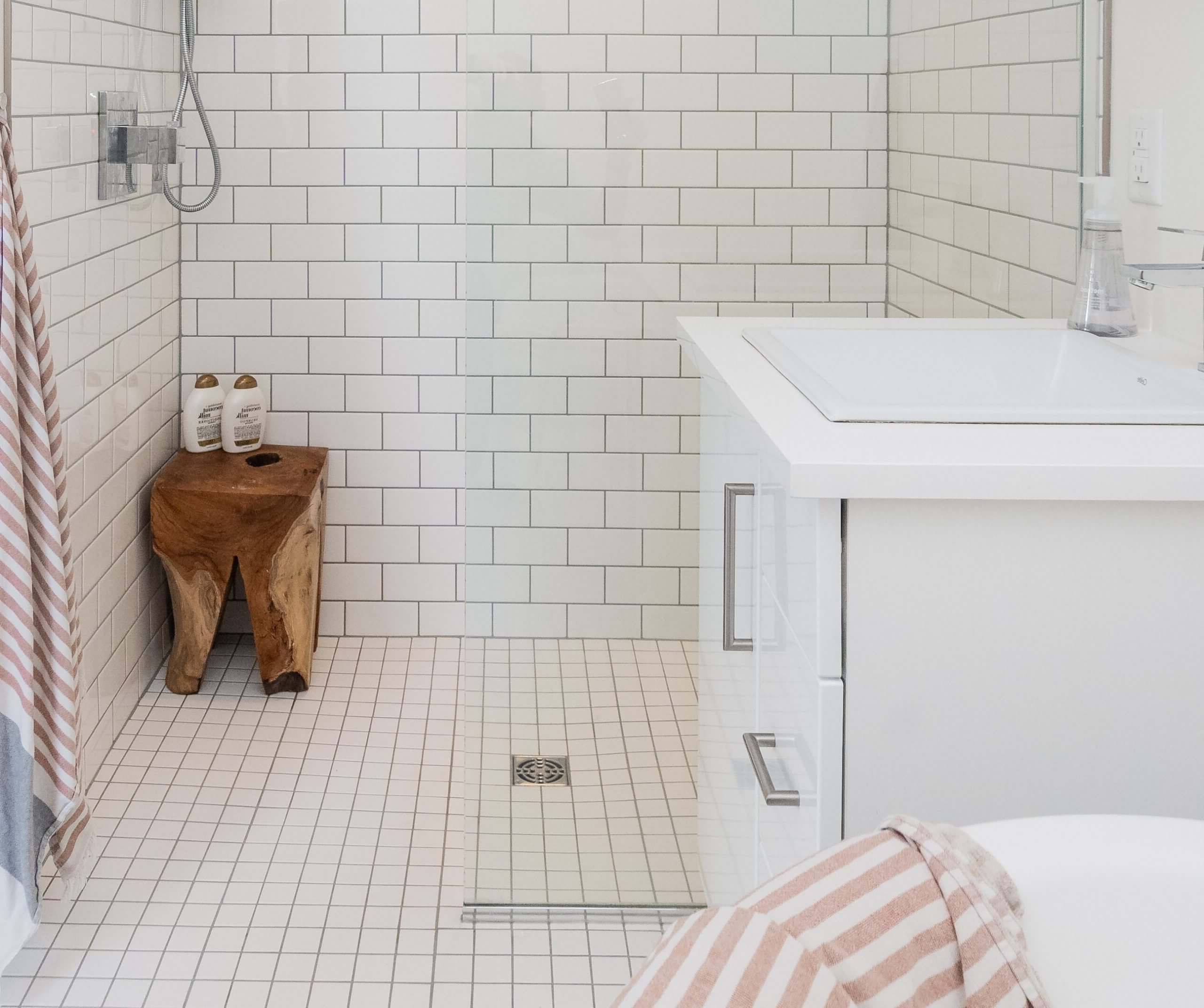

Ideas and Tips
DIY Guide To Installing A Bathroom Shower Bench
Modified: November 2, 2024
Learn how to install a bathroom shower bench with our step-by-step DIY guide. Enhance your shower's functionality and safety with ease.
(Many of the links in this article redirect to a specific reviewed product. Your purchase of these products through affiliate links helps to generate commission for Storables.com, at no extra cost. Learn more)
Installing a bathroom shower bench can be a fantastic way to enhance both the functionality and safety of your shower area. Whether you're looking to provide a comfortable seating option for yourself or a loved one, or simply wanting to create a more accessible and user-friendly space, this guide will walk you through the entire process step-by-step. From planning and preparation to installation and finishing touches, we'll cover everything you need to know to successfully install your own bathroom shower bench.
Planning Your Shower Bench
Before you begin, it's essential to plan your shower bench carefully. Here are some key considerations:
1. Space and Layout
Ensure that your shower stall is large enough to accommodate the bench. A standard rectangular shower stall should be at least 52 inches by 36 inches in size to avoid bumping your shins on the seat. If you're planning to install a corner bench, you'll need to consider the angles and corners where water might accumulate.
2. Height and Depth
The height of your bench should be about 15 inches to ensure it's comfortable for everyone in the household. The depth should be around 12 to 14 inches deep, which is a comfortable size even for taller individuals.
3. Material Selection
You can choose from various materials for your bench, including wood, ceramic tile, or even pre-fabricated benches. Each material has its own set of advantages and challenges. For example, ceramic tile is durable and attractive but requires proper waterproofing and framing.
4. Waterproofing
Waterproofing is crucial when installing a shower bench to prevent leaks and ensure safety. You can use topical membranes like Hydroban or Redgard, sheet membranes such as Kerdi, or topical boards like Kerdi-board.
Read more: DIY Guide To Installing A Tile Shower
Preparing Your Materials
Once you've planned your shower bench, it's time to gather all the necessary materials:
1. Lumber
Standard 2-by-4-inch lumber is commonly used for framing the bench. You'll need to size it so that it's one inch shorter and narrower than the finished shower seat size to allow room for plywood, waterproof membrane, cement board, and tile.
2. Plywood or Cement Board
Use plywood or cement backer board as the base of your bench. Cement board is particularly recommended because it provides a solid surface for tile installation and helps in creating a waterproof barrier.
3. Tile
Choose your tile material based on durability and aesthetic appeal. Ceramic tile is a popular choice but you can also use granite, real or cultured marble, or laminates.
4. Waterproofing Materials
Select a suitable waterproofing material such as vinyl membrane, liquid membrane (e.g., Hydroban or Redgard), sheet membrane (e.g., Kerdi), or topical board (e.g., Kerdi-board).
Framing Your Shower Bench
Framing your shower bench correctly is essential to prevent water leaks and ensure structural integrity:
1. Square Frame Box
Build a square frame box out of 2×4's for a simple bench design. If you're building a corner bench, create a triangular or arced frame accordingly.
2. Substrate Installation
Place your substrate (cement board or drywall) around the frame. Ensure that it's securely attached to prevent any movement during tile installation.
3. Framing Tips
- Slope the Top: Slightly slope the top of the seat toward the center of the shower to eliminate standing water after showering.
- Overhang: Frame the bench so that there's an overhang for the bench top. This will help in creating a smooth surface for tile installation and prevent water from accumulating at the edges.
Waterproofing Your Shower Bench
Waterproofing is a critical step in ensuring that your shower bench remains safe and functional:
1. Vinyl Membrane
Use a vinyl membrane to create a waterproof barrier. This membrane should cover the shower floor and run up the front of the seat and over it.
2. Liquid Membrane
Apply a liquid membrane such as Hydroban or Redgard over the face of the front and top of the bench, as well as a couple of inches up the wall. This will provide additional protection against water leaks.
Read more: DIY Guide To Installing A Glass Shower Door
3. Sheet Membrane
Use a sheet membrane like Kerdi if you're using traditional waterproofing methods behind your substrate. Ensure that it's properly sealed at all angles and corners to prevent leaks.
Installing Tile
Once your bench is framed and waterproofed, it's time to install tile:
1. Tile Base
Cover the entire seat with cement backer board for a tile base. Attach the cement board using a cement mixture to avoid puncturing the water barrier membrane with nails.
2. Tile Installation
Use the same cement mixture to set the tile as you used for the cement backer board. Ensure that the tile is properly aligned and securely attached to prevent any movement during use.
Read more: DIY Guide To Installing A Subway Tile Shower
Assembling Pre-Fabricated Benches
If you prefer not to build your own bench, pre-fabricated benches are available:
1. Fold-Down Benches
Fold-down benches like those from HealthSmart are convenient and easy to install. They come with instructions that guide you through assembling them step-by-step.
2. Wall-Mounted Benches
Wall-mounted benches attach directly to your wall substrate. They require deck mud on top and can be tiled for a seamless look.
Final Touches
After installing your shower bench, there are a few final touches to consider:
1. Adjusting Height
Adjust the height of your bench according to the user's needs. Most benches come with adjustable legs that can be set to different heights.
2. Securing Legs
Ensure that the legs of your bench are securely attached to prevent any movement during use. Use suction cups on the bottom of each leg for added stability.
3. Testing
Test your bench by simulating a shower environment. Check for any leaks or water accumulation around the edges or corners.
Conclusion
Installing a bathroom shower bench is a rewarding DIY project that can significantly enhance your shower experience. By following these steps—planning carefully, preparing materials, framing correctly, waterproofing thoroughly, and installing tile—you can create a safe and functional shower bench that meets all your needs. Whether you choose to build your own bench or opt for a pre-fabricated one, this guide has provided you with everything you need to know for a successful installation.
Remember always to follow safety guidelines when working with power tools and materials, and consult professional advice if you're unsure about any part of the process. With patience and attention to detail, you'll be enjoying your new shower bench in no time
Was this page helpful?
At Storables.com, we guarantee accurate and reliable information. Our content, validated by Expert Board Contributors, is crafted following stringent Editorial Policies. We're committed to providing you with well-researched, expert-backed insights for all your informational needs.
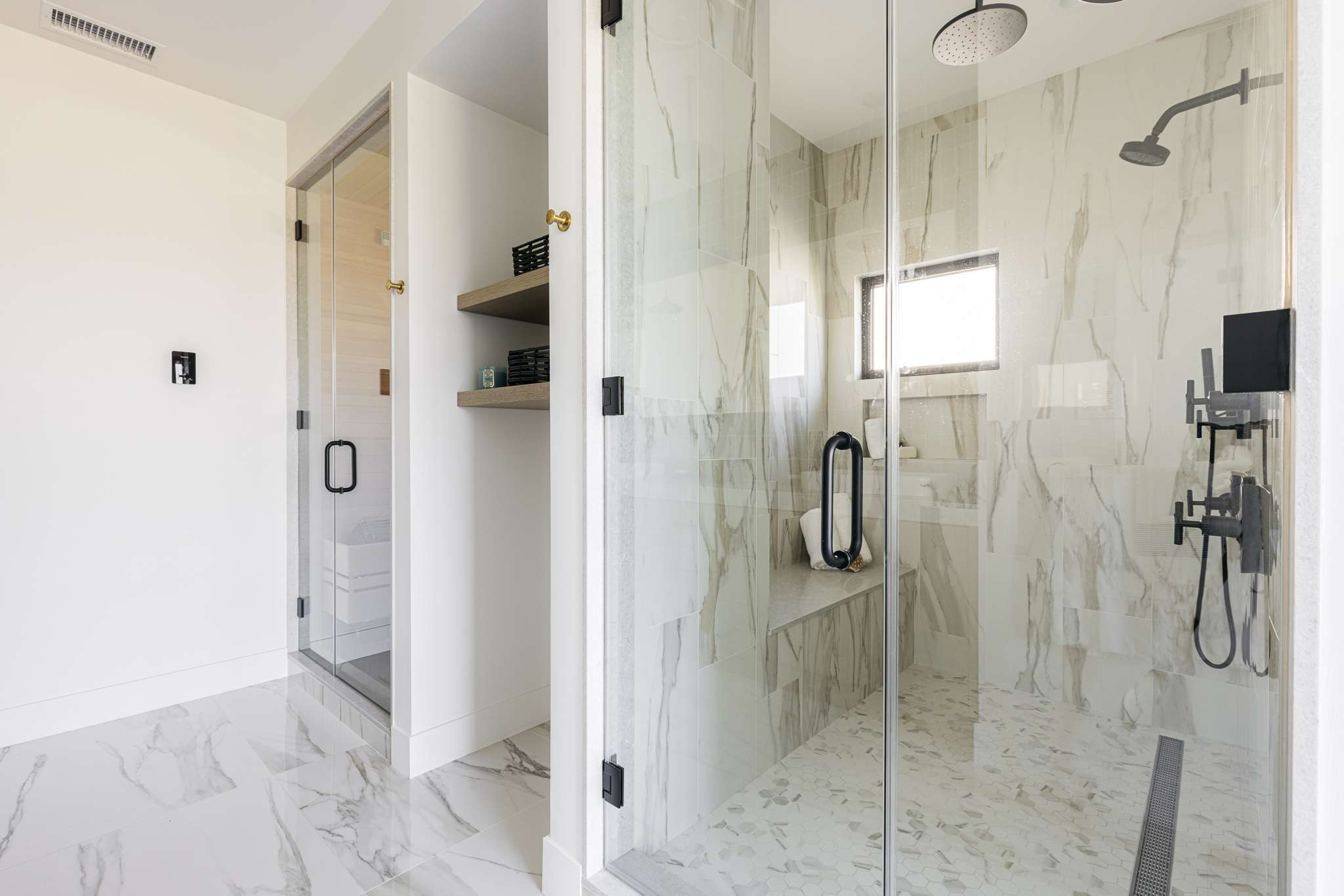
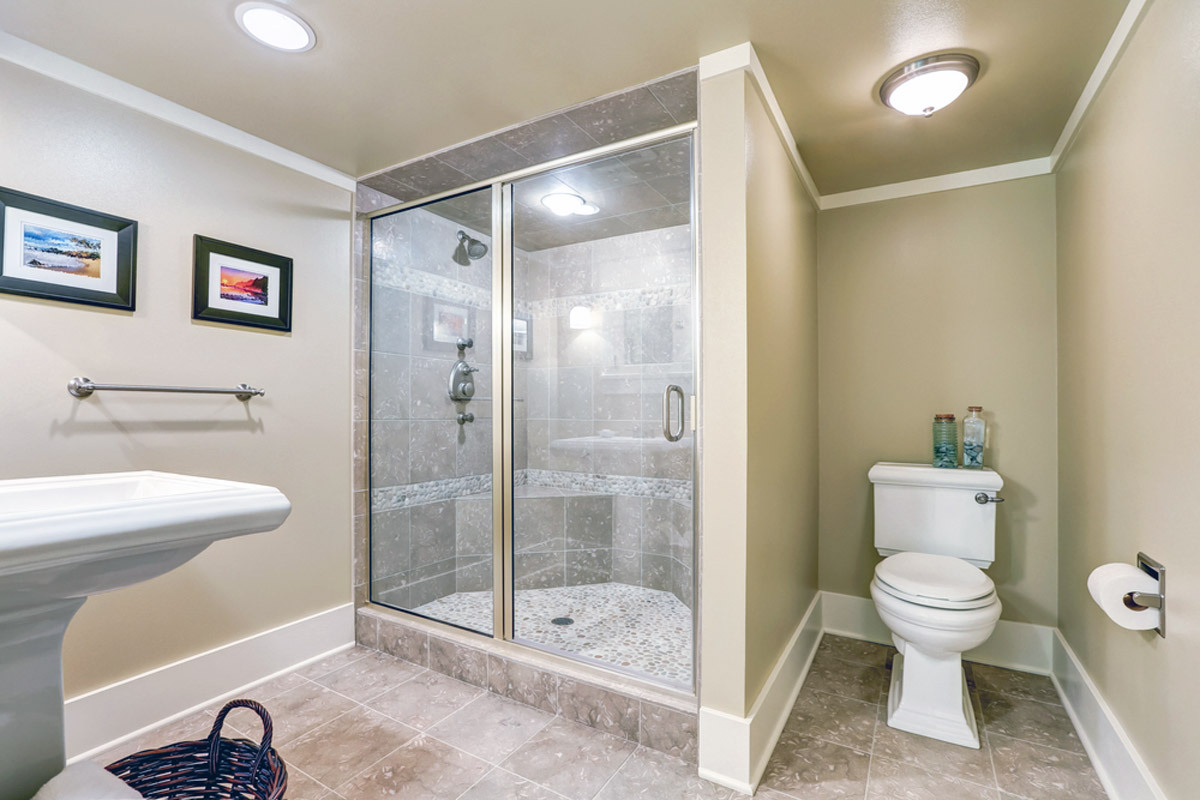
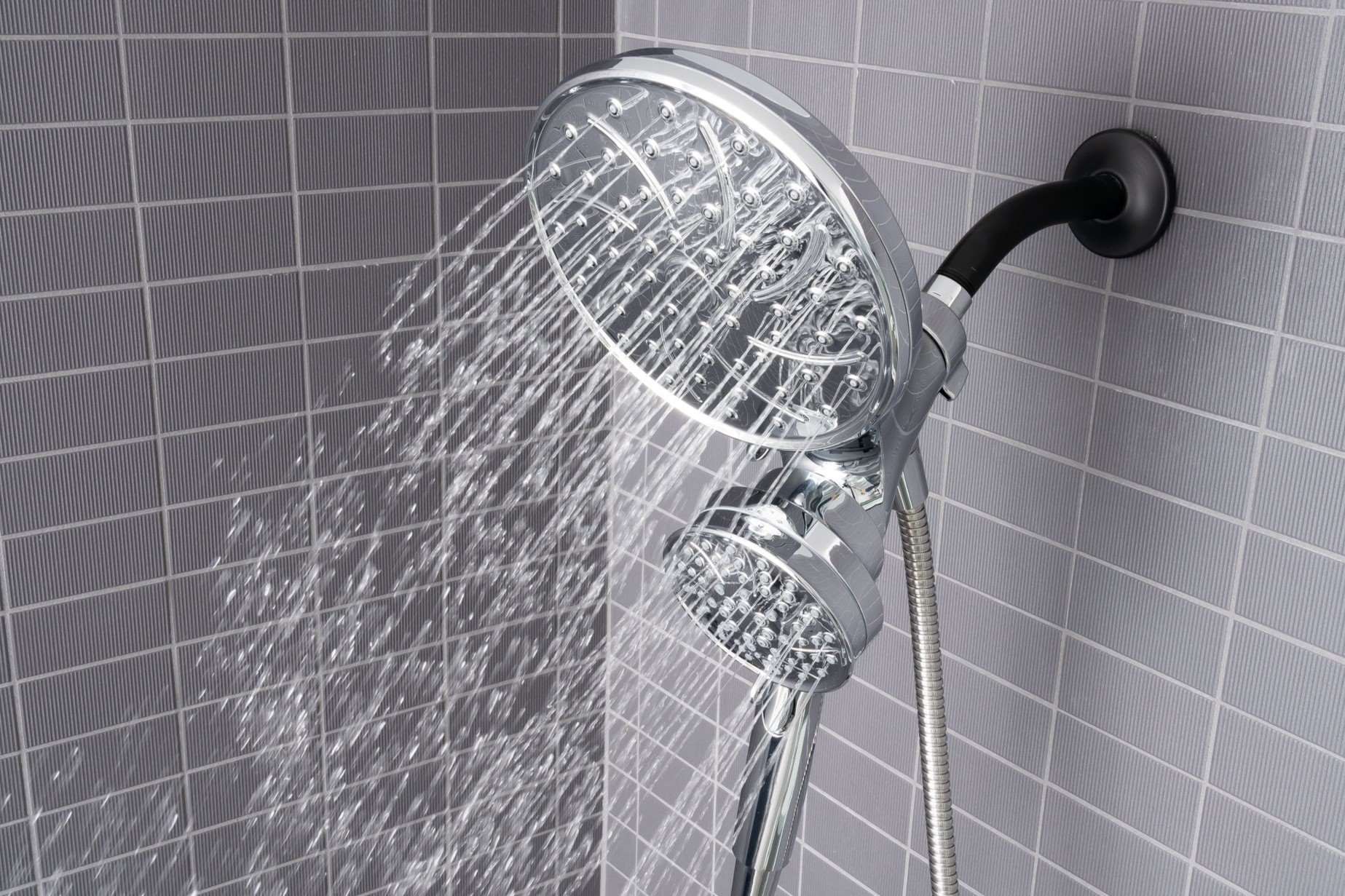
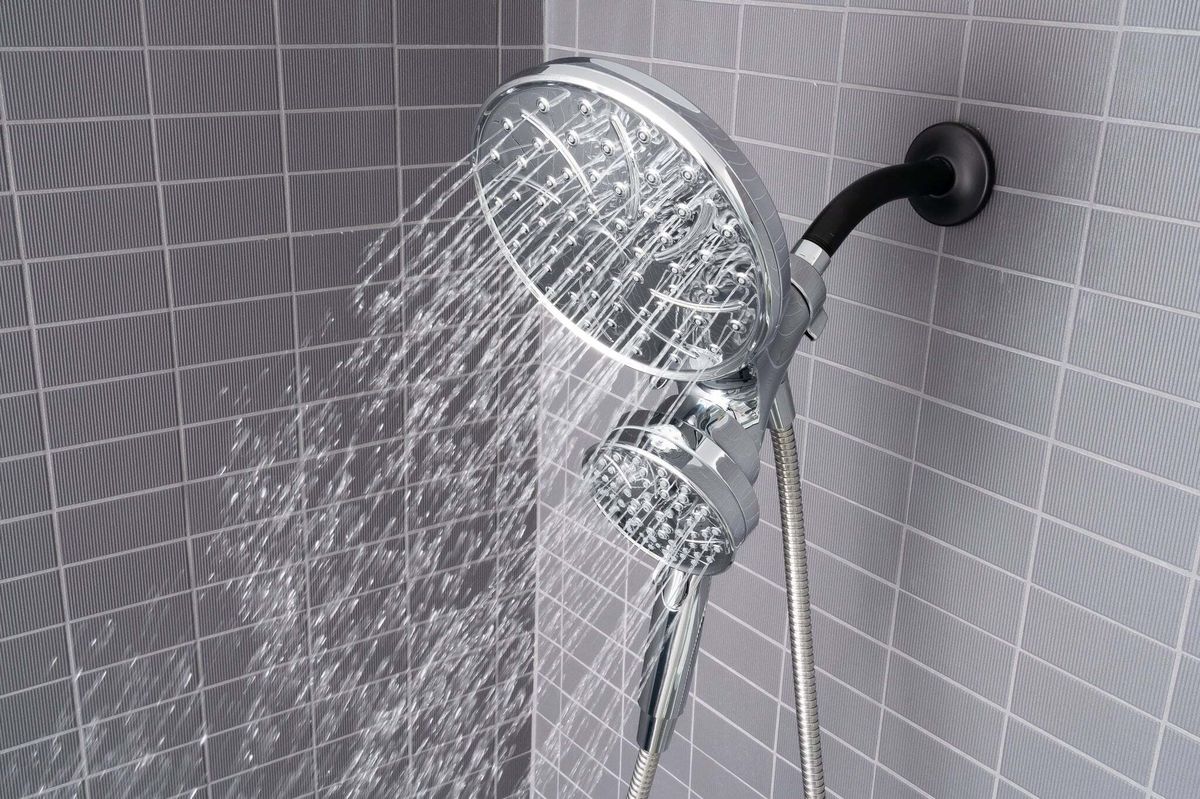
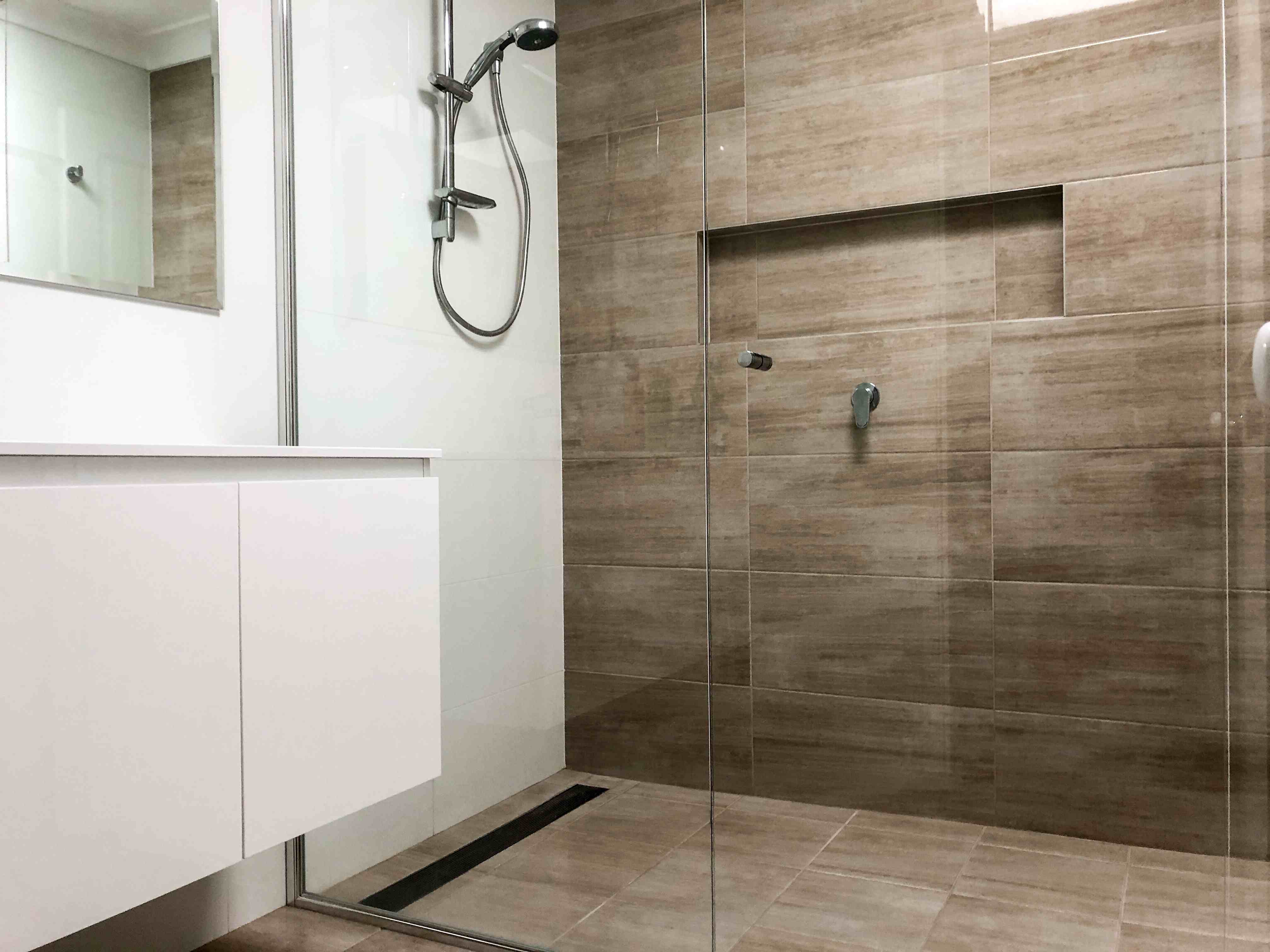
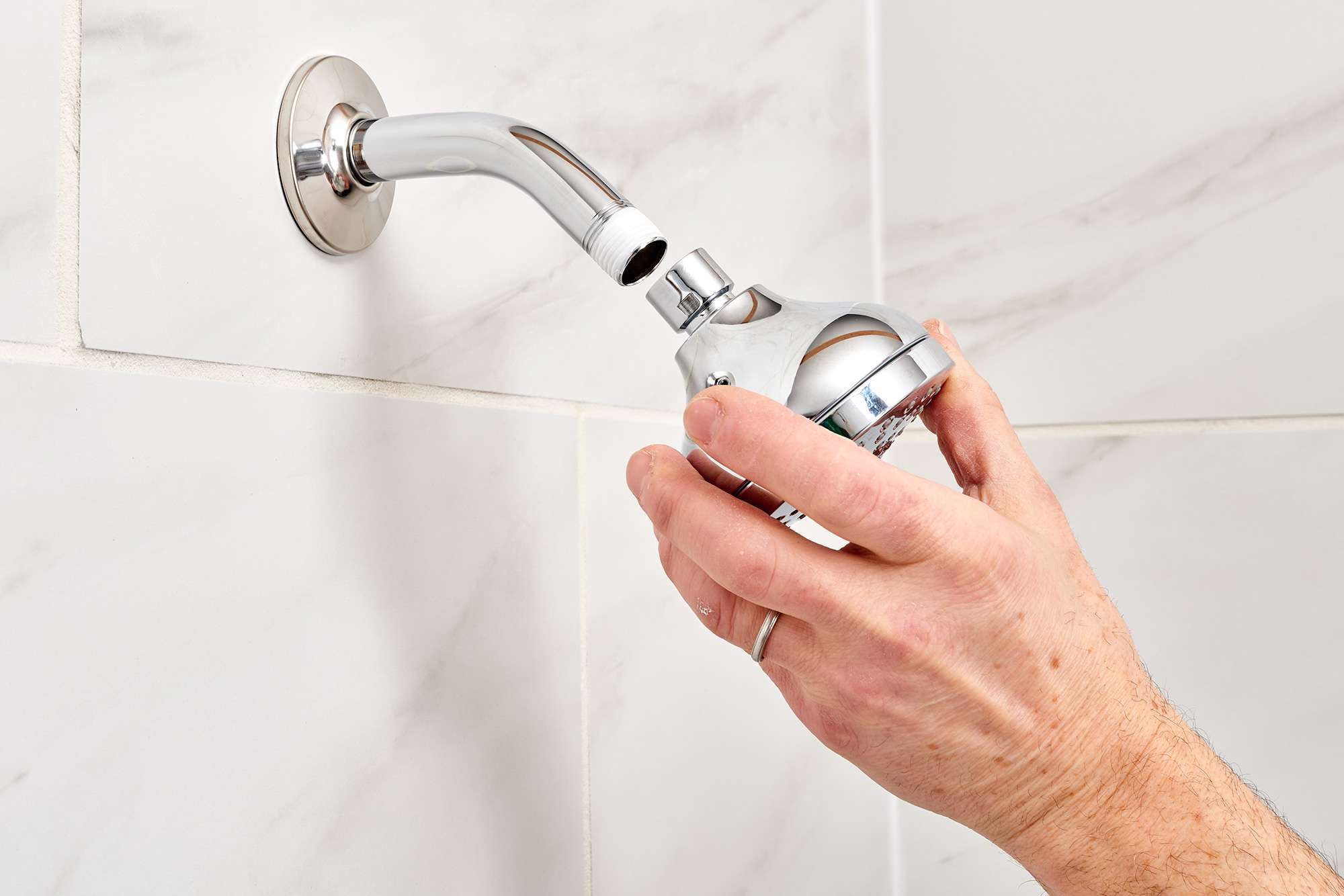
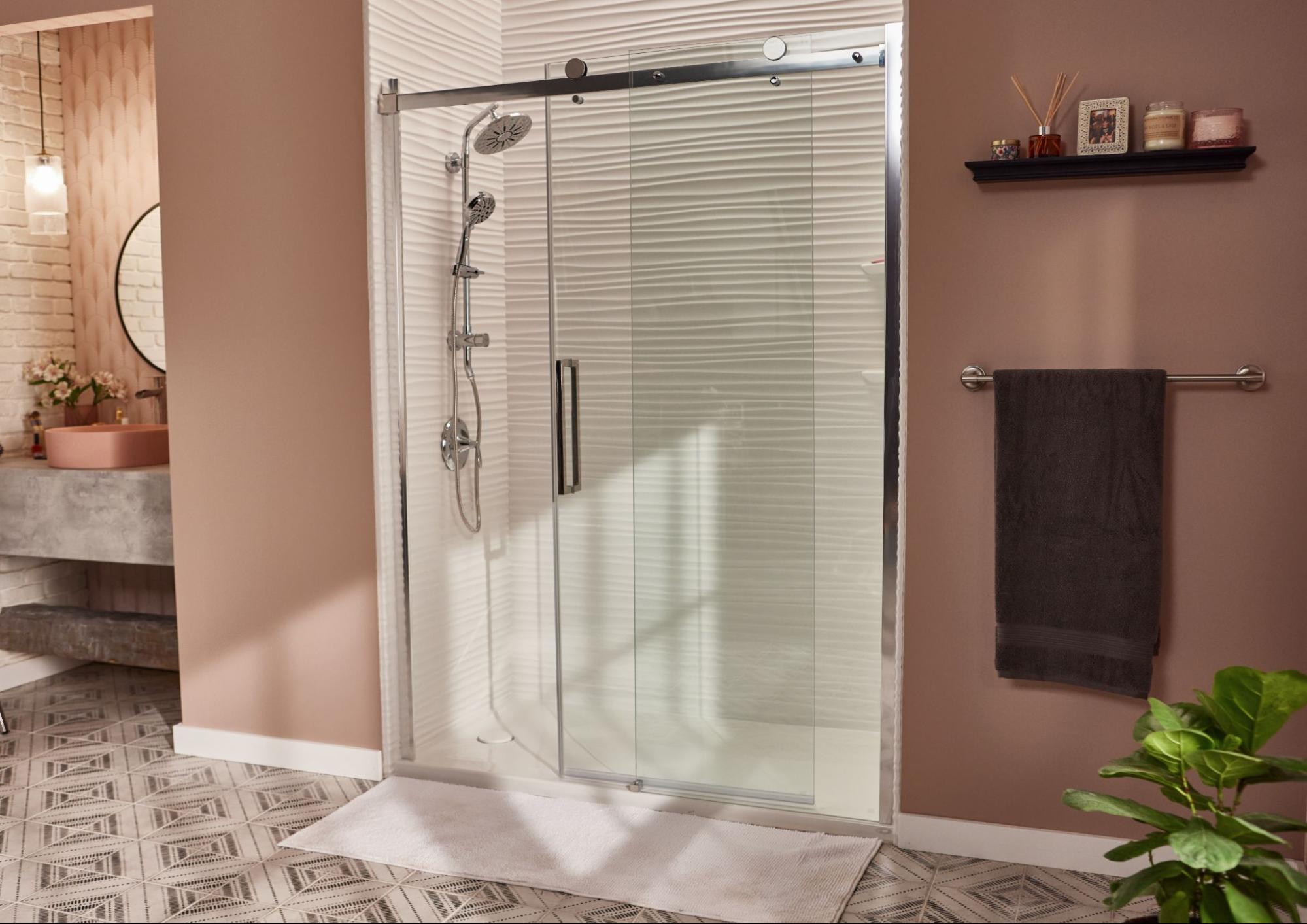



0 thoughts on “DIY Guide To Installing A Bathroom Shower Bench”